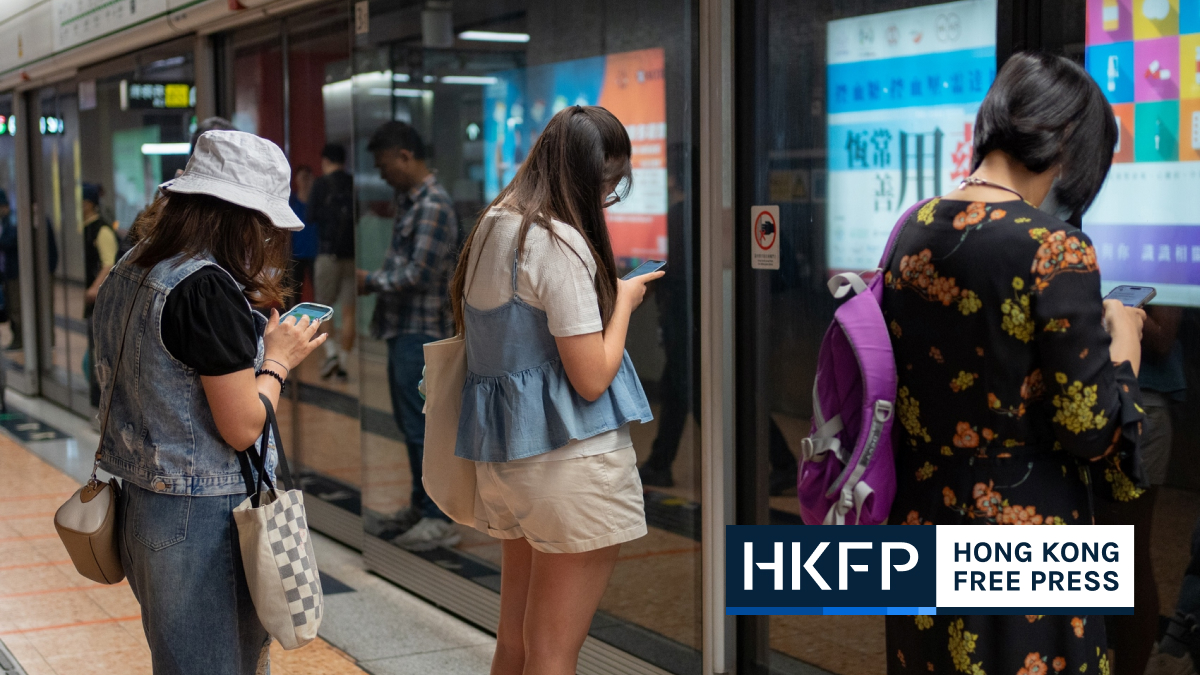Hong Kong’s Highways Department says it has no plans to expand the use of a “beautified” street sign typeface which has attracted dozens of complaints and the ire of social media users.

Criticised as “ugly,” and “near unreadable,” the 60-odd new street name plates have been refreshed to “infuse a strong cultural atmosphere into the community’s landscape,” the department told HKFP on Friday.

But users of X, previously Twitter, were not amused. “The pointless and ugly new font has arrived at the harbour… One’s sense of balance and composition and basic human decency recoils,” wrote one user. Another replied: “The Chinese font just looks like something went wrong with the printer,” whilst others declared the update to be in “bad taste,” as well as “unreadable and jarring.”


The new signs use a typeface called Wen Yue Classical Ming Typeface replacing a font called Full True Font Library (Hong Kong Version) Coarse Black. Authorities say the scheme was rolled out to support the government’s Task Force on District Governance in improving the cityscape, launched in 2022.
See also: ‘Prison Gothic’: Hong Kong road signs reborn as new font
“The projects involved the beautification of covered pedestrian walkways, pedestrian footbridges, elevators, and streetlights, as well as the replacing distinctive street name plates, pedestrian pavement tiles, and drain covers,” a spokesperson told HKFP by email.
The roll-out was restricted to heavy footfall areas including the Central piers, Tai Wai MTR Station, and Luther Plaza in Tsuen Wan, whilst traffic signs and traffic management facilities were left untouched.
40 complaints and queries
“The reason we need nameplates for streets is to give information for road users, whoever they are,” urbanist Chloe Lai told HKFP on Sunday. “They are for conveying accurate information about the streets, indicating directions. We don’t need fancy nameplates for streets – we need nameplates that can give maximum information to people easily and clearly. When the nameplates are functioning well, keep them. Taxpayers’ money should only be used when it is necessary.”
The department confirmed that around 40 complaints and queries had been raised over the design revamp.
When asked about issues over legibility, the spokesperson said: “The distinctive street name plates have a proper font, and their overall design and specifications are consistent with the existing street name plates.. At present, the department has no plans to adopt the design of distinctive street name plates across all public roads in Hong Kong.”
See also: A Hong Kong font designer’s bold effort to preserve Cantonese culture
Typefaces with serifs – marks or lines that appear at the end of a character’s stroke – are considered unsuitable for street signs as they have been proven to reduce legibility from a distance.
Support HKFP | Policies & Ethics | Error/typo? | Contact Us | Newsletter | Transparency & Annual Report | Apps
Help safeguard press freedom & keep HKFP free for all readers by supporting our team

LATEST FROM HKFP
HKFP has an impartial stance, transparent funding, and balanced coverage guided by an Ethics Code and Corrections Policy.
Support press freedom & help us surpass 1,000 monthly Patrons: 100% independent, governed by an ethics code & not-for-profit.










